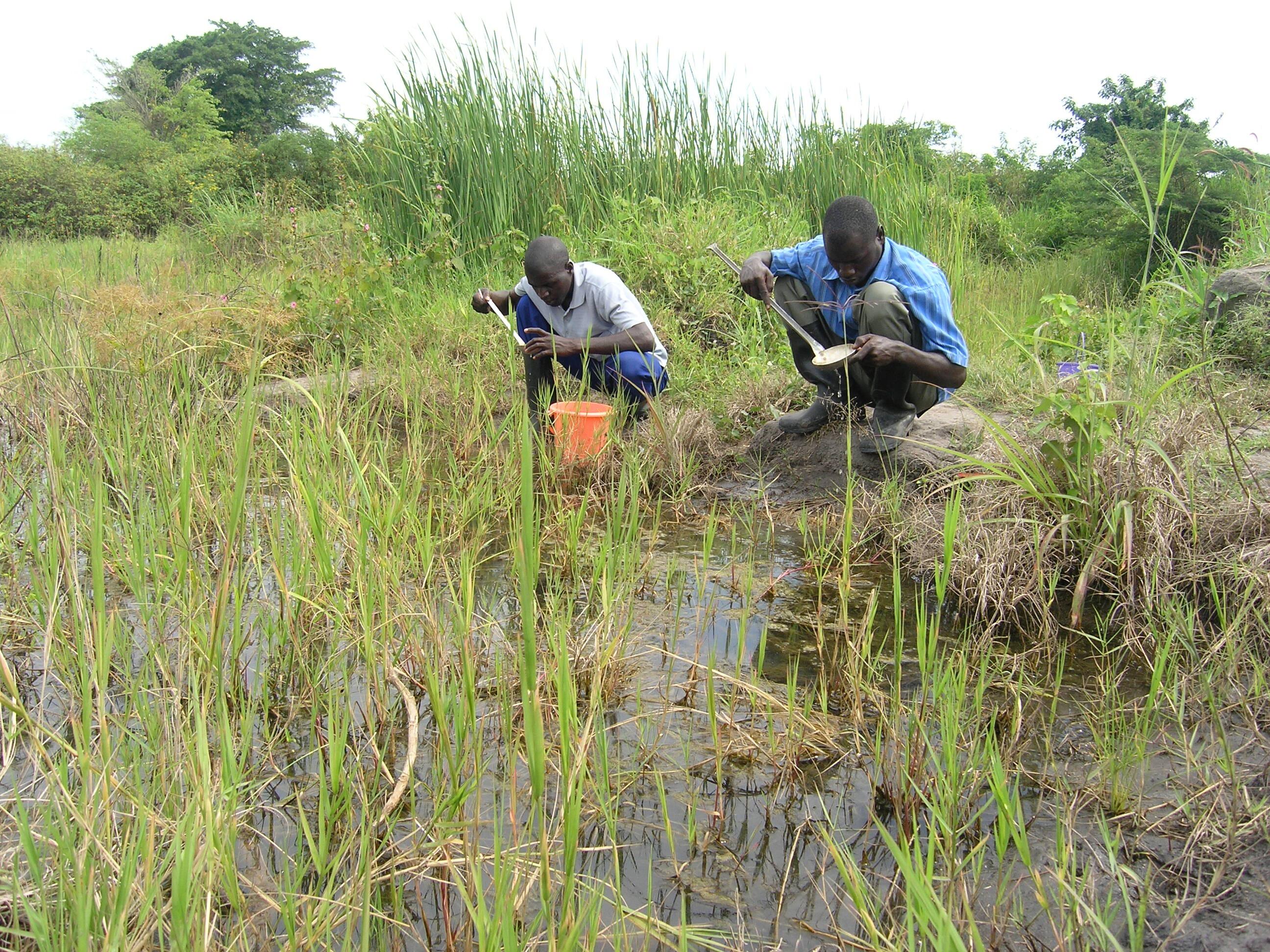
Local government mosquito abatement in urban Tanzania
Lead: Dr Gerry Killeen
Cities represent the best opportunities to eliminate local malaria transmission because high population density dilutes out vector biting burden and urban planning can dramatically reduce it [, while infrastructure, institutional capacity and governance systems are often better developed than in rural areas . Over the last 14 years, Dr Gerry Killeen has supported the development of a locally-driven programme for community-based management of malaria vectors in the Tanzanian city of Dar es Salaam, where aquatic, larval-stage mosquitoes are targeted with environmentally-friendly biological insecticides or drainage before they can emerge as biting adults. The programme is now sustainably governed, managed and funded by the Tanzanian government and has reduced malaria transmission intensity to levels where it is unstable and could be eliminated
Low cost transfluthrin emanators as spatial repellents
Through the Avecnet project, Dr Killeen has worked with Dr Sheila Ogoma, to develop her ideas into a prototype low-technology emanator device for slowly vaporizing the widely available repellent insecticide transfluthrin, so as to protect against outdoor-biting vectors for months, or even years, with a single, convenient treatment costing less than £0.20.

In addition evaluating indoor residual spraying (IRS) with alternative organophophate insecticides like pirimiphos-methyl, Dr Gerry Killeen is developing new methods for either superseding or supplementing this traditional approach to vector control. Apart from adapting traditional methods for killing aquatic larval-stage mosquitoes to community-based deployment in low income countries, he has also developed an alternative to IRS for killing indoor biting mosquitoes as part of the Avecnet project. By targeting insecticides to netting window screens and eave baffles, the amount of insecticide required can be dramatically reduced while also increasing mortality of mosquitoes that would otherwise leave soon after entering.
 |
|
